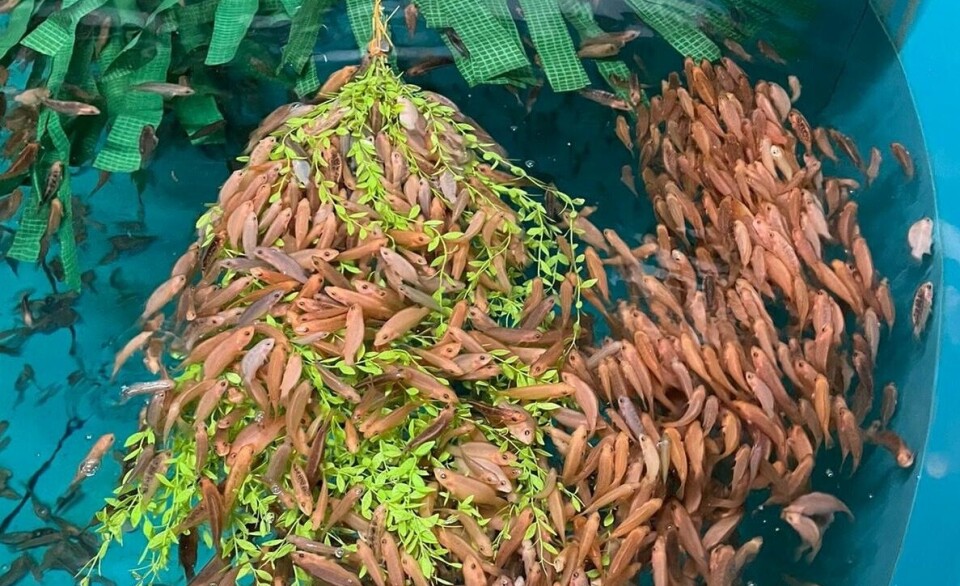
Funding boost for cleaner fish vaccine project
Research into the optimal formulation and delivery of vaccines to safeguard ballan wrasse from bacterial disease has been given new funding following a successful first phase, in a project which could expand the use of the cleaner fish to control sea lice on salmon farms.
A consortium of UK academics and aquaculture partners is exploring the best possible conditions for delivering vaccines against Aeromonas salmonicida, a bacterium which can cause potentially fatal outbreaks of disease in ballan wrasse and impact their ability to control sea lice numbers in pens by eating the parasites.
Led by the University of Stirling’s Institute of Aquaculture (IoA) and Otter Ferry Seafish, with support from salmon farmer Mowi and Ceva Ridgeway Biologicals, the team has received almost £40,000 from the Sustainable Aquaculture Innovation Centre (SAIC) to take its research to the next stage.
Adaptive response
Outcomes from the initial phase indicated that while the vaccine – designed for delivery at the hatchery stage – elicits the expected immune response to the bacterium, the antibodies produced varied depending on the strains in the vaccine.
Results also suggested that the vaccine stimulates an adaptive immune response, which enables the wrasse’s immune system to recognise the characteristics of the bacteria and react fast if it encounters it again, preventing future infections.
The next phase of the project aims to ensure the vaccine formulation provides protection against the main circulating strains of A. salmonicida, which can change over time, much like a seasonal human flu. It will also examine the function of the antibodies in a laboratory setting to see how they improve the strength of protection against the disease.
Antibody research
The research team previously determined the optimal timing and method for administering the vaccine, which involves immersion followed by a booster injection before the ballan wrasse are deployed to the salmon farms.
Dr Andrew Desbois from the IoA said: “More so than ever, we are tuned into the power of vaccines in enhancing disease prevention, and the results of the first stage of this project have taken us one step closer to safeguarding ballan wrasse against Aeromonas salmonicida. The next phase of the project involves exploring the functionality of the antibodies produced. We can then apply these findings and collaborate with vaccine manufacturers to help refine the formulation and provide better protection.”
SAIC chief executive Heather Jones said: “Formulating a vaccine that enhances wrasse health protection will ultimately support the use of this sustainable sea lice treatment which could unlock further economic growth for the wider aquaculture sector.”






















































